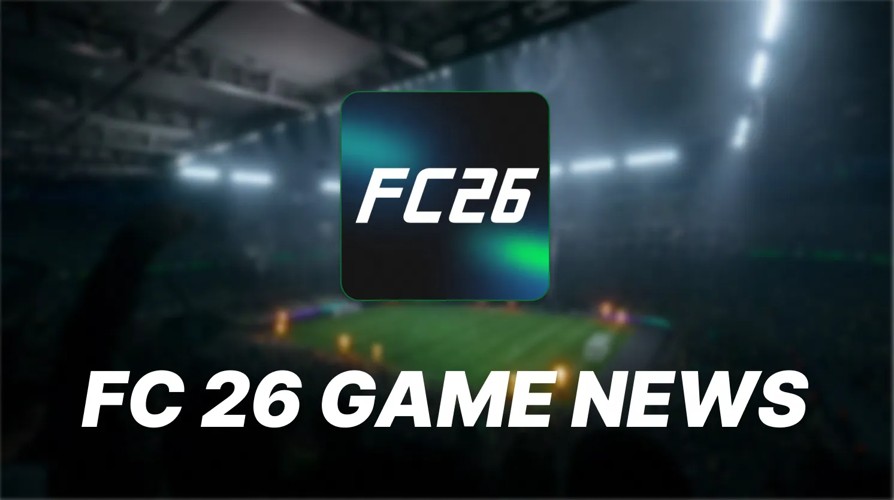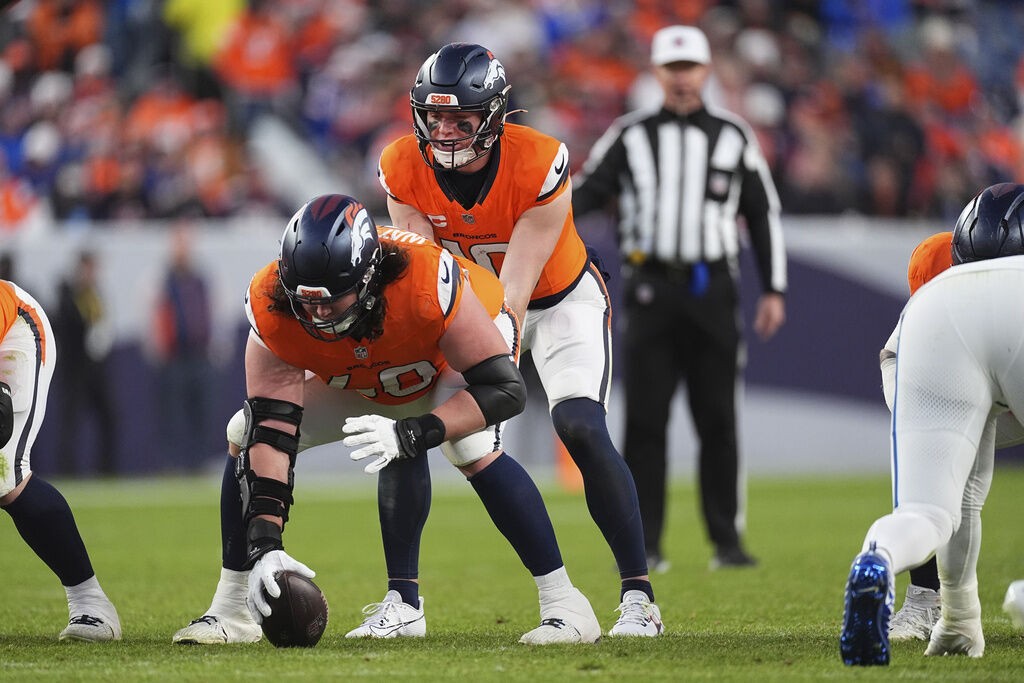Netflix is a popular streaming service used for watching a variety of TV shows and movies on demand. Netflix unblocked(https://www.safeshellvpn.com/b....log/netflix-unblocke ) refers to the process of circumventing geographical restrictions on the platform's library. This method enables viewers to access a broader range of international content not normally available in their location.
Why Opt for SafeShell to Access Netflix Unblocked
If people want to access region-restricted content on Netflix through Netflix unblock, they may want to consider the SafeShell VPN(https://www.safeshellvpn.com/?utm_source=blog ) . This service provides a reliable and secure way to bypass geo-restrictions, allowing users to enjoy the full range of Netflix's content library regardless of their location. SafeShell VPN's advanced encryption protocols ensure that your online activities are protected, maintaining your privacy and safeguarding your data from potential threats.
One of the key benefits of SafeShell VPN is its ability to evade detection by Netflix's VPN blocking systems, enabling seamless streaming without interruptions or the risk of being blocked. Its high-speed servers are specifically optimized for Netflix, delivering lightning-fast connections that support high-definition streaming and significantly reduce buffering times. Additionally, the platform supports simultaneous connections on up to five devices, making it convenient for users to enjoy unrestricted content across multiple gadgets such as smartphones, tablets, and smart TVs.
Beyond unblocking Netflix, SafeShell VPN offers a range of features designed to enhance your overall online experience. Its proprietary ShellGuard protocol provides uncompromised security with robust encryption, ensuring your browsing remains private and protected. The platform's user-friendly applications cater to various operating systems, and its innovative App Mode allows users to access content from multiple regions simultaneously. With flexible trial plans and responsive customer support, SafeShell VPN makes secure, high-speed streaming simple and accessible for everyone.
How to Use SafeShell VPN to Unlock Netflix
To watch Netflix content of any region using SafeShell Netflix VPN(https://www.safeshellvpn.com/a....pps/netflix-vpn/?utm ) , start by subscribing to SafeShell VPN through their official website, choosing a plan that suits your needs and clicking the "Subscribe Now" button. Next, download and install the SafeShell VPN app compatible with your device, whether it's Windows, macOS, iOS, or Android. Once installed, launch the SafeShell Netflix VPN app and log in to your account; for a better streaming experience, select the APP mode within the app. Then, browse the list of available VPN servers and select one located in the region whose Netflix content you want to access, such as the US, UK, or Canada, and click "Connect" to establish the connection. After the VPN is connected, open Netflix either through the app or website, log in to your account, and enjoy streaming content from the region you selected.









